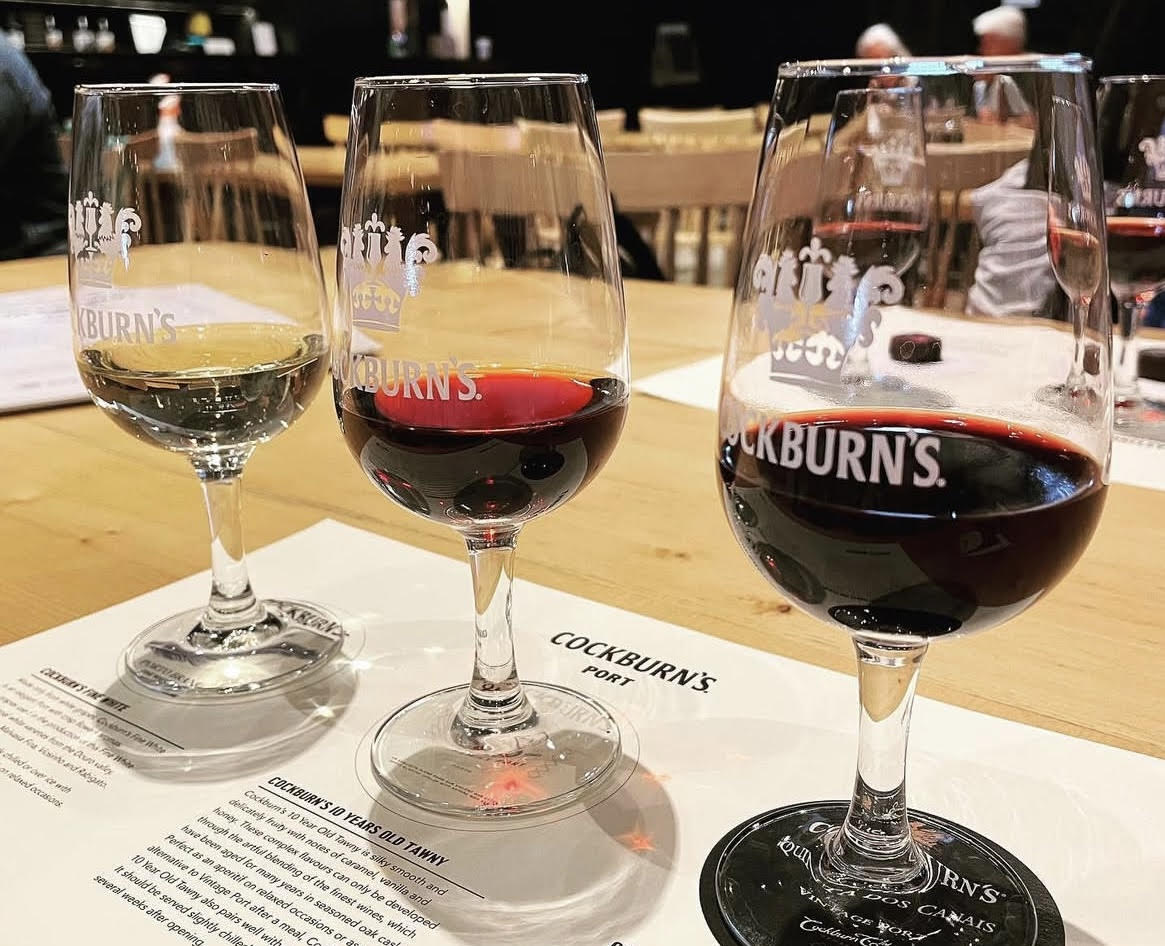 The History and Production of Port Wine
The History and Production of Port Wine
 2025-01-20 14:30:00
2025-01-20 14:30:00
The word “port” comes from the name of one of Portugal's main ports, Porto, in the second half of the 17th century. The port was used to export strong wines made from grapes grown in the Douro River valley. It is usually a sweet red wine, often served with dessert, although it also comes in dry, semi-dry and white varieties.
Port wine is categorized as an “appellation controlled by origin”, Região Demarcada do Douro, enshrined in Portuguese and EU legislation. To guarantee and confirm authenticity, a special stamp developed by the Douro and Porto Wine Institute is affixed to the neck of each bottle of Port wine, under the shrink cap.
The grapes grown for port wine are usually characterized by small, dense fruits that produce concentrated and persistent flavours suitable for long ageing. More than one hundred grape varieties are authorized for the production of Port wine, although only five of them (Tinta Barroca, Tinto Cao, Tinta Roris, Turiga Francesa and Turiga Nacional) are widely cultivated and used. Port wine is fortified by adding a neutral grape spirit known as aguardente to stop fermentation, leaving residual sugar in the wine and increasing the alcohol content. The fortifying spirit is sometimes called brandy, but it bears little resemblance to commercial brandy. The wine is then stored and aged, often in barrels kept in a loge (meaning “cellar”), as in the case of Vila Nova di Gaia, before bottling.
Port wine comes in several types, which fall into two groups: wines aged in sealed glass bottles and wines aged in wooden barrels. Bottle-aged wines retain colour and create a smoother, less tanninous wine, while barrel-aged wines lose colour more quickly and have a more viscous texture due to evaporation.
Port wine comes in several varieties, each with different characteristics:
Ruby Port: Ruby Port is striking for its deep red colour and juicy fruit aromas. Usually aged in stainless steel or concrete tanks, this style retains its youthfulness, making the wine fresh and full of bold berry notes. Premium Ruby Ports are sometimes aged in wood for several years to give them a richer character. An ideal choice for those who appreciate a lively, full-bodied wine with fruity notes.
Tawny Port: A true elegance port wine, Tawny is a wine that develops gracefully in oak barrels where it oxidises gently, acquiring characteristic nutty aromas and a golden brown hue. This style, typically sweet or medium-dry, offers an appealing balance of richness and smoothness. The aged Tawny Ports, whose labels often indicate age (10, 20, 30 or even 40 years), are a real treat, with each sip reflecting patience and craftsmanship. Tawny is wonderfully versatile, equally at home as a dessert wine or paired with rich, savoury dishes - a delight in every glass.
Vintage Port: the pinnacle of port, vintage port is created from the finest grapes from one exceptional vintage and aged in barrels for only a short time before undergoing years of bottle ageing. Known for its depth, richness and remarkable ageing potential, Vintage Port is a wine that develops beautifully over decades. Its powerful, complex flavours make it a top choice for collectors and connoisseurs, offering an unrivalled drinking experience with layers of rich, dark fruit, spice and tannins that soften and develop with age.
Colheita Port: For true connoisseurs, Colheita Port offers a rare glimpse into the craftsmanship of single-vintage toni. Aged for at least seven years in oak, each Colheita Port is a reflection of a particular vintage year, conveying in its complex flavours the essence of that vintage. Unlike vintage port that continues to mature in the bottle, Colheita is bottled after extended ageing in wood, giving it a softer and richer character with a unique profile that changes from year to year. Its complexity and balance make it a valuable choice for those seeking a truly special, aged experience.
Porto is home to many famous port houses located near the Douro River, which makes port wine delivery easy. Some of these porthouses are private, while others are open for public tours and visits.
Port wine producers are often referred to as “shippers”. In the early history of the port wine trade, many of the most influential shipping families were British: this history is still evident in the names of many of the most famous port houses, such as Dow's Graham's, Sandeman, Churchill's, Cálem, Cockburn's and Taylor's.